Use a digital learning activity to help your students practise identifying, reading, and creating compound words.
Let’s Dive Into Compound Word Digital Resources!
Get ready to dive into another round of engaging compound word activities from Teach Starter! This Google Interactive Learning Center is ready to use, and it provides students with an interactive way to practise word building with a variety of examples of compound words. In this interactive slide activity, students are provided with a variety of digital learning activities to learn about compound words. Some activities included are:
- Identify and type a compound word when given an image prompt
- Form a compound word using two images and an image prompt
- Sort examples of compound words and non-examples
- Identify compound words in text and mark them
- Use compound words to write sentences
Students will click and drag, type compound words, use them in sentences, and more!
This resource is useful in direct instruction lessons or as an independent learning activity to build children’s understanding of compound words.
Grab Your Compound Word Digital Activity!
This downloadable teaching resource is available as an Interactive PowerPoint or Google Slides Activity. To get your new resource, click the dropdown arrow on the download button. You will be prompted to make your own copy. From there, assign it to your students in Google Classroom or another LMS and put them to work!
This resource was created by Lindsey Phillips, a teacher and Teach Starter Collaborator.
Even More Compound Word Handouts and Activities
Don’t stop there! We have even more ways to help your students learn to read and identify compound words and compound nouns. Make sure you check out these printable compound word activities before you go.
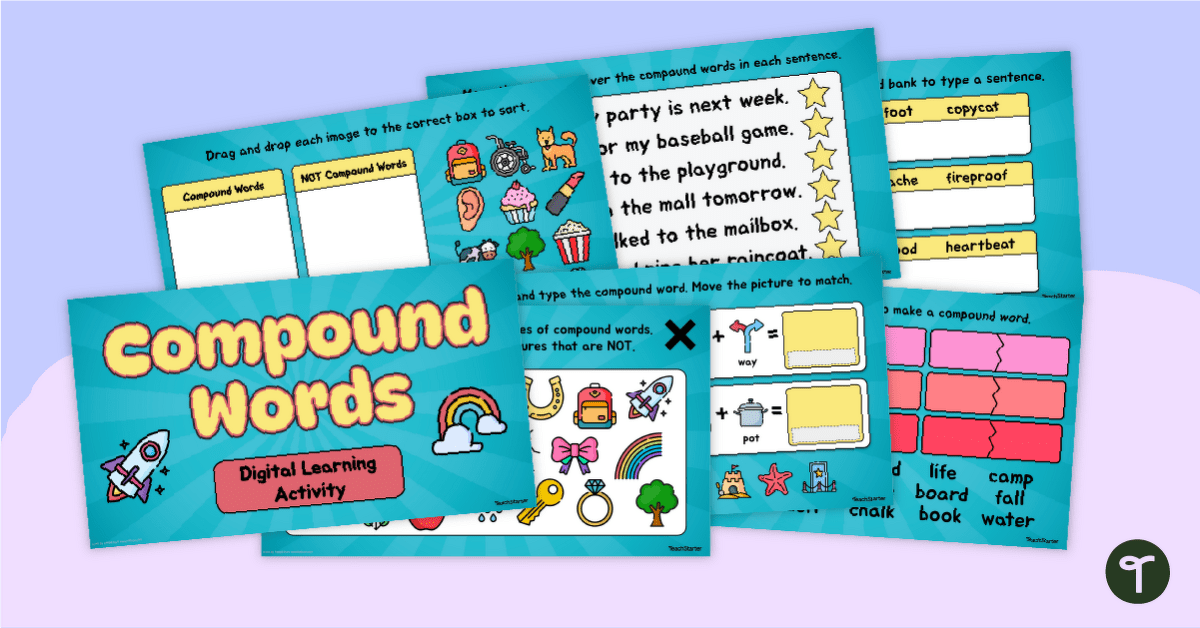

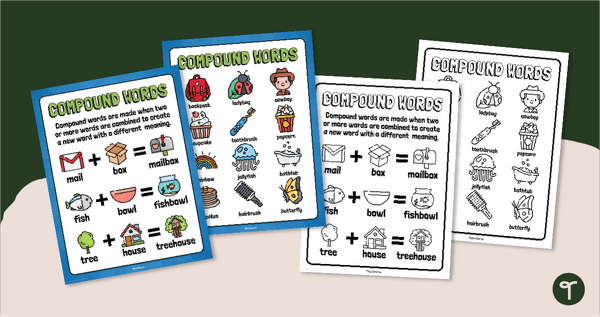
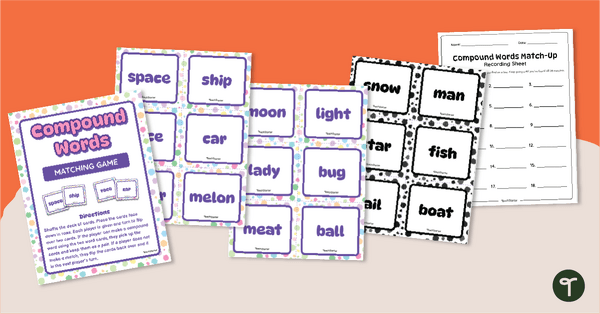
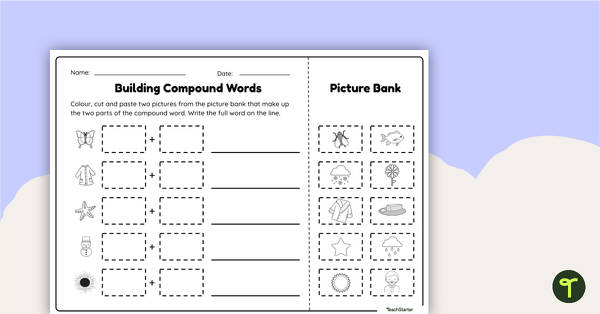


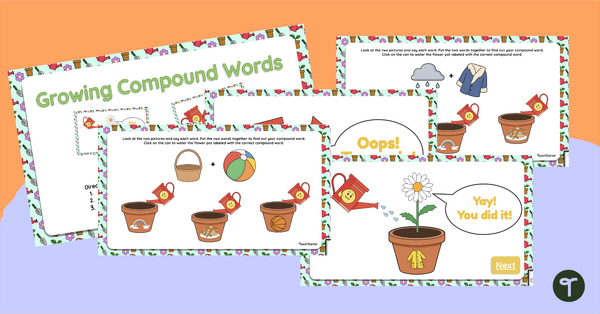
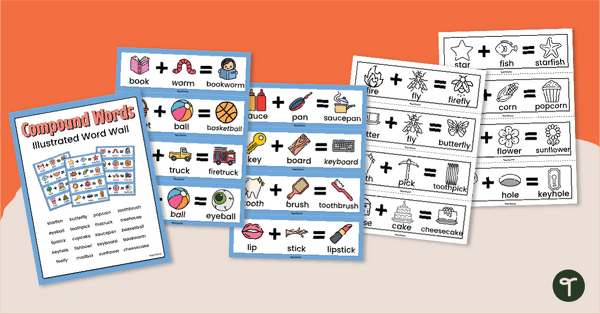
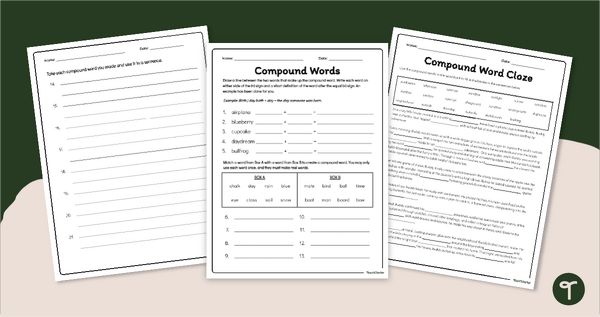
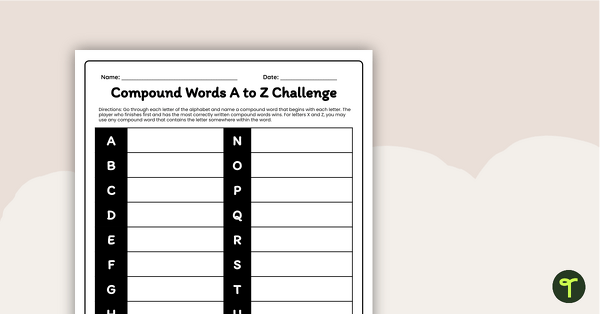
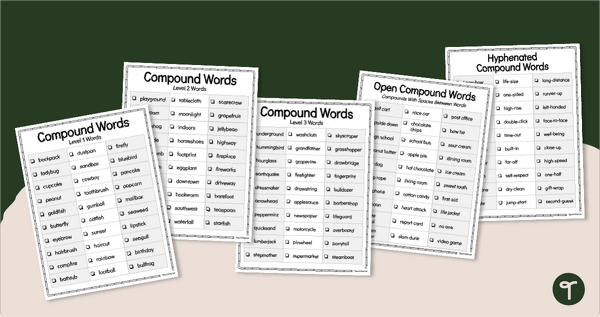
0 Comments
Write a review to help other teachers and parents like yourself. If you'd like to request a change to this resource, or report an error, select the corresponding tab above.